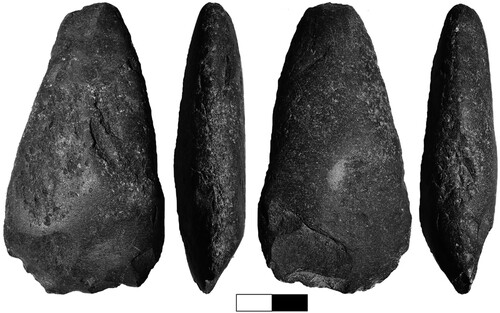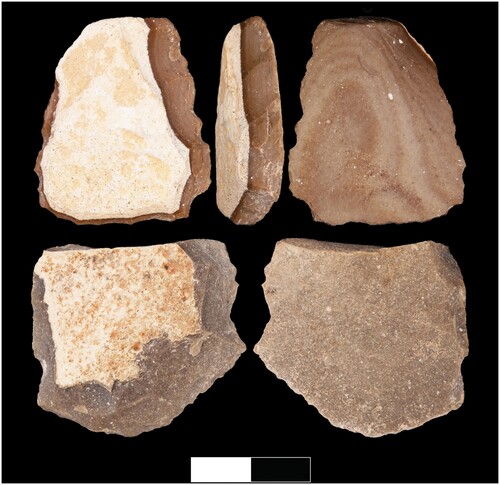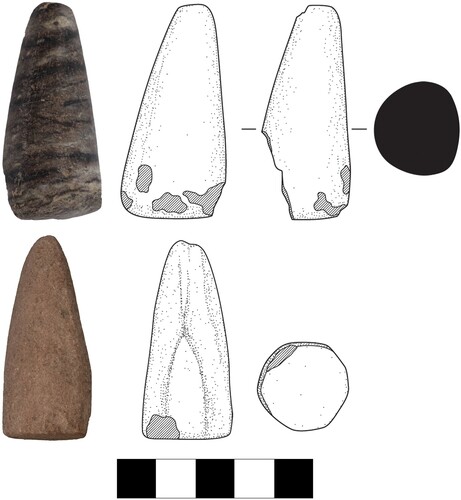Figures & data
Figure 1 Satellite image of AlUla and Khaybar counties showing the location of the ḥarrah in north-west Arabia.
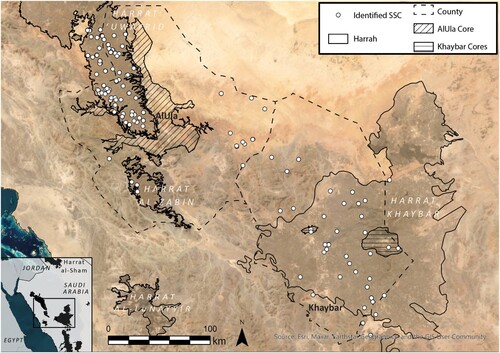
Figure 2 Location of Standing Stone Circle sites across the Harrat ‘Uwayrid. Excavated features discussed in detail in this paper are identified with red triangles.
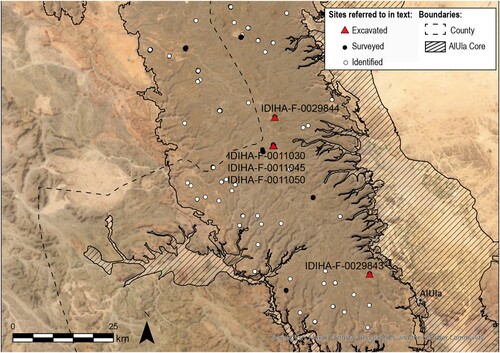
Figure 3 Examples of enclosure construction on the Harrat ‘Uwayrid. A–B: multi cellular ‘honeycomb’ clusters of irregularly-shaped abutting enclosures with rubble walls — individual cells measure anywhere from 2.5 m to 35 m; C–D: Standing Stone Circles with upright stone walls (single Standing Stone Circle examples pictured).
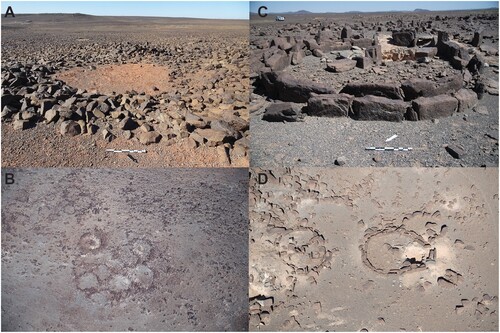
Figure 4 Architectural features of single Standing Stone Circles. A: upright stone walls and single standing stone in the centre; B: standing stone packing; C: doorway with threshold stone; D: paved surface; E: channel formed from a double row of upright stones; F: collapsed cantilevered flat stone slab ‘roofing’.
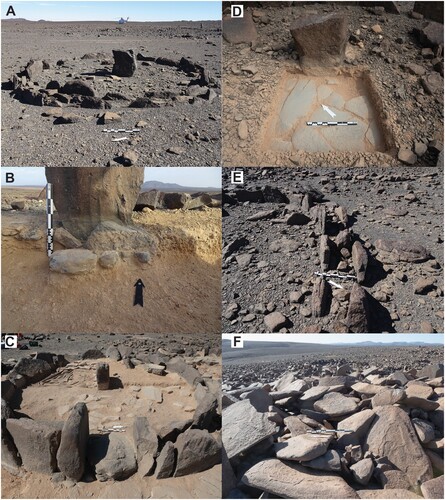
Figure 5 Multi-Standing Stone Circles. A: simple multi-Standing Stone Circle; B: collection of partial multi-Standing Stone Circles.
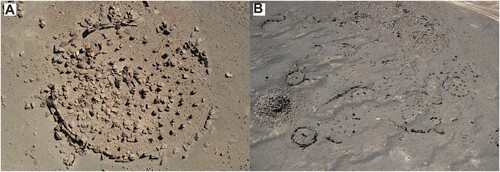
Figure 6 A: IDIHA-0001825 comprising multiple discrete simple and complex Standing Stone Circles denoted by white arrows (overbuilt by later tombs); B: IDIHA-0004612 comprising a single Standing Stone Circle — measuring 5.5 m (IDIHA-F-0029843) adjacent to a complex enclosure.
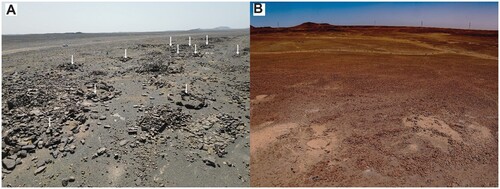
Figure 7 Radiocarbon dates from excavated contexts in eight single Standing Stone Circles. All samples presented here are faunal remains dated using bioapatite.
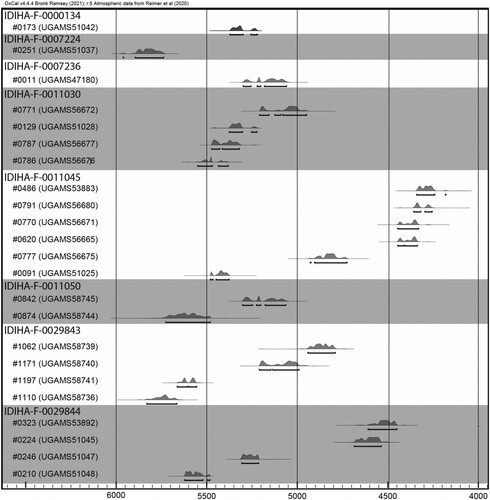
Table 1 Summary of lithic assemblages by material weights (g) recovered through excavation at the discussed single Standing Stone Circle features
Table 2 Summary of retouched and groundstone artefacts (frequencies and percentages) recovered through excavation at the discussed single Standing Stone Circle features
Figure 9 Typical retouched chert artefacts. A–F Arrowheads: A–B, D–E Ha-Parsa points; C, F Herzliya points. G Plano-convex tool. Scale is 2 cm long.
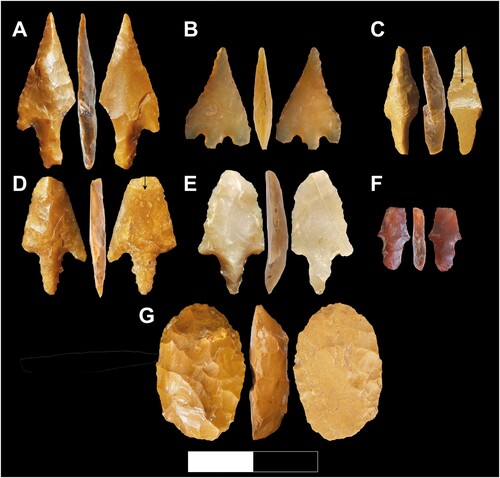
Figure 11 Pigment processing items: A. Pigment-stained muller; B. Refitted pigment nodule; C. Stained grindstone. Scale is 5 cm long.
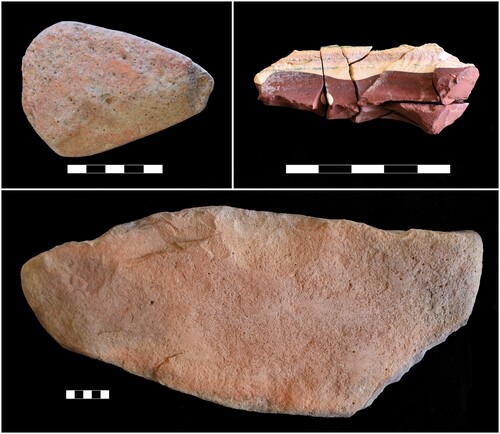
Table 3 Summary of faunal remains recovered through excavation at the discussed single Standing Stone Circle features listed by NISP and %NISP and weight

